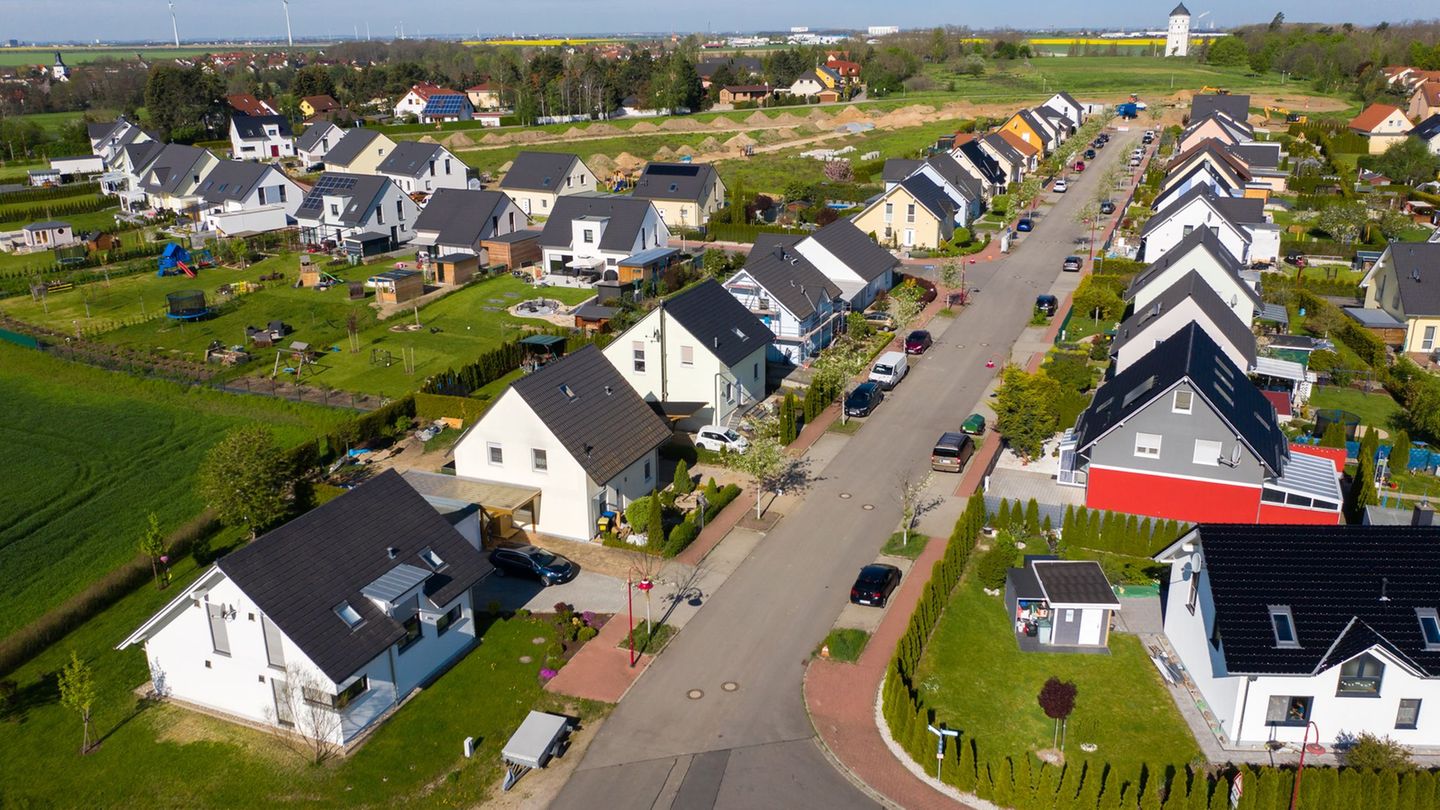Galloping inflation has cooled off somewhat in the USA – the US Federal Reserve is now responding with an interest rate pause. But anyone who believes in a permanent change of course is wrong.
After ten interest rate hikes in a row, the US Federal Reserve (Fed) is taking a break, at least for the time being. The Central Bank Council decided to leave its key interest rate in the range of 5.0 to 5.25 percent.
Since March 2022, the Fed has raised its key interest rate by a total of five percentage points in the fight against high consumer prices. The cycle is considered one of the fastest and sharpest tightening periods in Fed history. But the break probably does not initiate a permanent change of course. Further rate hikes are likely this year – albeit at a more moderate pace, said Fed Chair Jerome Powell.
Consumer price inflation has moderated
The new inflation data from the US government should have given the Fed a tailwind for the break. Accordingly, the increase in consumer prices in the USA weakened noticeably in May. They rose by 4.0 percent compared to the same month last year. This rate is the lowest since March 2021. The inflation rate rose to a good nine percent last year.
The US Federal Reserve has now also published new estimates of the inflation rate – but these do not give cause for too much optimism. The Fed expects an average inflation rate of 3.2 percent this year – only slightly lower than the forecast in March. Don’t think that inflation is where you’re headed, Powell warned. “That’s why we have to keep at it.” Powell also pointed out that there has been little progress on what is known as core inflation, which is less volatile. “It shows us that we have to do more.”
Keeping inflation in check is the central bank’s classic task. It is aiming for an inflation rate of two percent in the medium term. The Fed has tried to lower high consumer prices by significantly raising interest rates. Because if interest rates rise, private individuals and the economy have to spend more on loans – or borrow less money. Growth is slowing, companies cannot pass on higher prices indefinitely – and ideally the inflation rate is falling. At the same time, there is a risk that the economy will stall.
Growth probably higher, unemployment rate lower
The Fed is now predicting slightly higher economic growth for this year than assumed just three months ago. The gross domestic product (GDP) of the world’s largest economy will grow by one percent in 2023. That would be 0.6 percentage points more than forecast in March.
The unemployment rate is also expected to be lower than predicted in March. In the fight against inflation, however, a strong labor market is definitely problematic. Because this can drive up inflation because low unemployment strengthens the negotiating position of employees in wage negotiations.
Further rate hikes are likely to follow
Powell now made it clear that the interest rate pause should give the Fed the opportunity to collect more information for future decisions. “We have come a long way and the full impact of the streamlining has not yet been felt,” he said. It could make sense to raise interest rates further this year – albeit with less large interest rate jumps than last year. The decision-makers at the Fed are now anticipating an average key interest rate of 5.6 percent by the end of the year – in March it was 5.1 percent. This means that Fed members expect, on average, two more rate hikes this year.
Source: Stern




